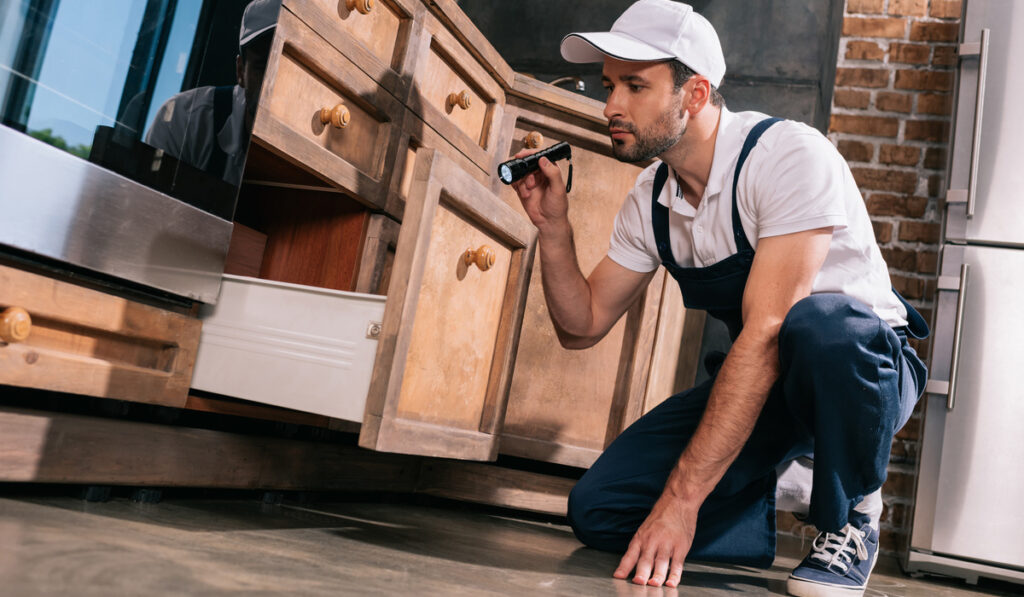Is there anything worse than spotting the massive, dark form of a cockroach on your wall? What about trying to go after it with a shoe before it scurries away into the darkness or opens up its wings and takes flight? A cockroach problem is no laughing matter, but it is also an unfortunately common issue that many households must face.
Many people think that cockroaches are nothing more than creepy insects, but they can carry harmful bacteria and diseases. If they get into your food or crawl over your clothes, there’s no telling what dangerous particles they might leave behind.
You might be tempted to pick up the phone and call a professional once you notice more cockroaches in your home. While professional pest control services will be best equipped to handle the situation, there are several DIY tricks you can use to manage or squash a cockroach infestation before it gets too serious.
Key Takeaways
- Many home remedies are effective at killing smaller cockroach populations.
- You can kill roaches with many common ingredients you already have at home.
- More complex methods, such as gel bait or diatomaceous earth, are affordable and work quickly.
- If DIY methods don’t work, you may already have a more serious infestation that requires professional roach control.
Cockroach Traps
A handful of cockroaches can become a massive infestation if you don’t act fast – some species can produce up to 48 offspring at once. As a result, knowing how to get rid of cockroaches in your home quickly is key. Cockroach traps are simple but effective tools that may help you stop a budding infestation.
Glue Traps
Cockroach glue traps, often resembling unassuming sheets or boxes, are an ingenious solution for combating cockroaches. These traps are excellent for catching cockroaches and other crawling insects. They capitalize on roaches’ tendencies to scuttle along surfaces, searching for food, water, and shelter.
Glue traps use a special adhesive on their surface to create a sticky barrier that ensnares roaches on contact. It’s best to strategically place these traps in areas where cockroach activity is high. These areas might include:
- Under sinks
- Near appliances
- Along baseboards
- Entry points
- Water sources
- Garbage cans
- Kitchen cabinets
- Food sources
Some traps can be equipped with bait to attract unsuspecting roaches quickly and easily. Once a cockroach comes into contact with the adhesive-coated surface, it becomes stuck and eventually dies.
Bait Stations
Bait stations are also helpful for hands-free roach removal. These stations consist of a small plastic container that holds poisoned bait. The bait’s composition, scent, and taste are formulated to attract roaches while concealing the presence of the insecticide.
Once cockroaches enter the station and feed on the roach bait, they come into contact with the insecticide. The insecticide is typically slow-acting, allowing roaches to return to their nests before succumbing to its effects.
As infected cockroaches return to their nests, they can spread the insecticide to others, allowing you to kill cockroaches all throughout your home.
Diatomaceous Earth
Diatomaceous earth, commonly called DE, is a fine powder composed of the fossilized remains of diatoms, microscopic algae. When a cockroach comes into contact with DE, the sharp edges of the powder abrade its exoskeleton. This initial abrasion serves two purposes. Firstly, it causes physical damage to the roach’s waxy and protective outer layer. Secondly, it creates tiny cuts that expose the soft tissue beneath the exoskeleton.
The exposed tissue becomes vulnerable to desiccation, or drying out. DE absorbs the roach’s waxy outer layer and body fluids, leading to the gradual dehydration of the insect, which will then lead to its death. This makes DE very effective as a cockroach killer.
Baking Soda
Baking soda works similarly to DE. When cockroaches come into contact with baking soda, they’re exposed to its abrasive texture, which damages the protective barrier created by their waxy exoskeleton.
The cuts caused by the baking soda allow moisture to escape from the insect’s body. This loss of moisture leads to dehydration. As the cockroach’s body loses moisture, it becomes increasingly incapacitated. This makes baking soda yet another ideal homemade roach killer.
Boric Acid
Boric acid, also known as Borax, is a white powder that strategically disrupts cockroaches’ physiological functions, leading to their eventual death. Upon coming into contact with boric acid, cockroaches experience the same weakening of their exoskeleton as seen with DE and baking soda.
While boric acid is considered safe, using it carefully and according to instructions is important. Overuse or improper application can lead to unnecessary exposure to humans and pets. While boric acid is not highly toxic to humans, it can cause skin irritation and other problems if accidentally ingested.
Additionally, boric acid may not yield immediate results, as its effects take time to manifest and affect the entire cockroach population. However, it remains a reliable and cheap way to do away with your roach problem.
Caulk
Caulk is a thick substance used to fill cracks and gaps. If the caulk in your house is old or non-existent, this may make it easier for cockroaches to find their way into your home.
Caulk is not much of a roach killer but instead a repellent. Using caulk to fill large gaps around entry points to your home can prevent these critters from entering your home. Check the windows, doors, and other locations where cockroaches might enter. You should also check around pipes, sinks, and cabinets.
Cockroaches are incredibly skilled at squeezing through small openings. When applied to crevices, caulk acts as an impenetrable barrier for cockroaches. Remember that cockroaches are nocturnal creatures that thrive in dark, hidden spaces.
By sealing cracks and crevices, you eliminate potential hiding places where roaches could take refuge during the day. Cockroaches are less likely to establish a presence in your home without safe havens.
Caulk also disrupts cockroaches’ ability to move freely within your home. By sealing gaps along baseboards, between walls and floors, and around cabinets, you create obstacles that hinder their movement. This lack of accessible pathways makes it difficult for roaches to travel from safe spots to areas with food.
If these previous methods don’t work, you can try other solutions, such as essential oils, bay leaves, and other natural remedies. Some also believe that scented objects such as peppermint or fabric softener sheets keep these insects at bay when scattered about the house.
Keeping your house clean and removing dirty dishes and dead roaches may also help minimize this issue.
However, it is important to remember that natural remedies can only do so much. If your roach infestation isn’t improving, you may need to take additional measures.
When to Call a Professional
While these methods may empower you to handle many types of cockroaches, it’s crucial to recognize when a situation calls for professional intervention. If you’ve tried various DIY methods and the cockroach infestation persists or worsens, it’s likely time to seek the professional expertise of an exterminator.
Professional exterminators have the tools and knowledge to effectively address large-scale infestations that DIY methods may be unable to handle. They will also make sure your home is safe after using pesticides and other roach-killing methods. If you need pest control services for cockroaches, don’t hesitate to call us.
At Simple Pest Management, we have everything you need to get rid of cockroaches and other unwanted insects trying to take over your home once and for all.
 1st pest control service just $49. Must schedule service online.
1st pest control service just $49. Must schedule service online.

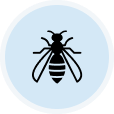
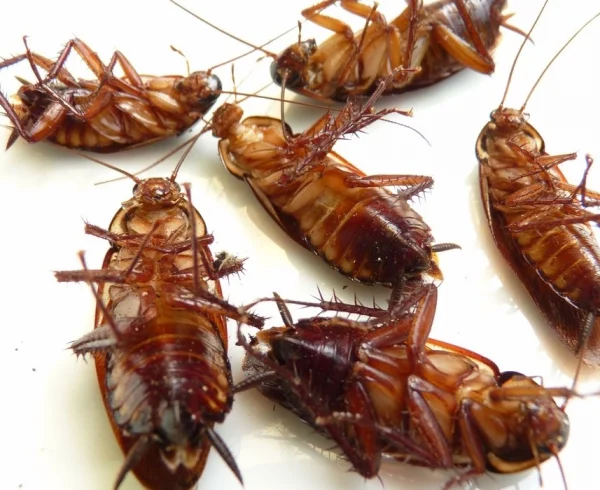
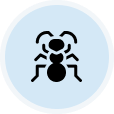
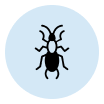

 You’re supporting a small, local business
You’re supporting a small, local business
